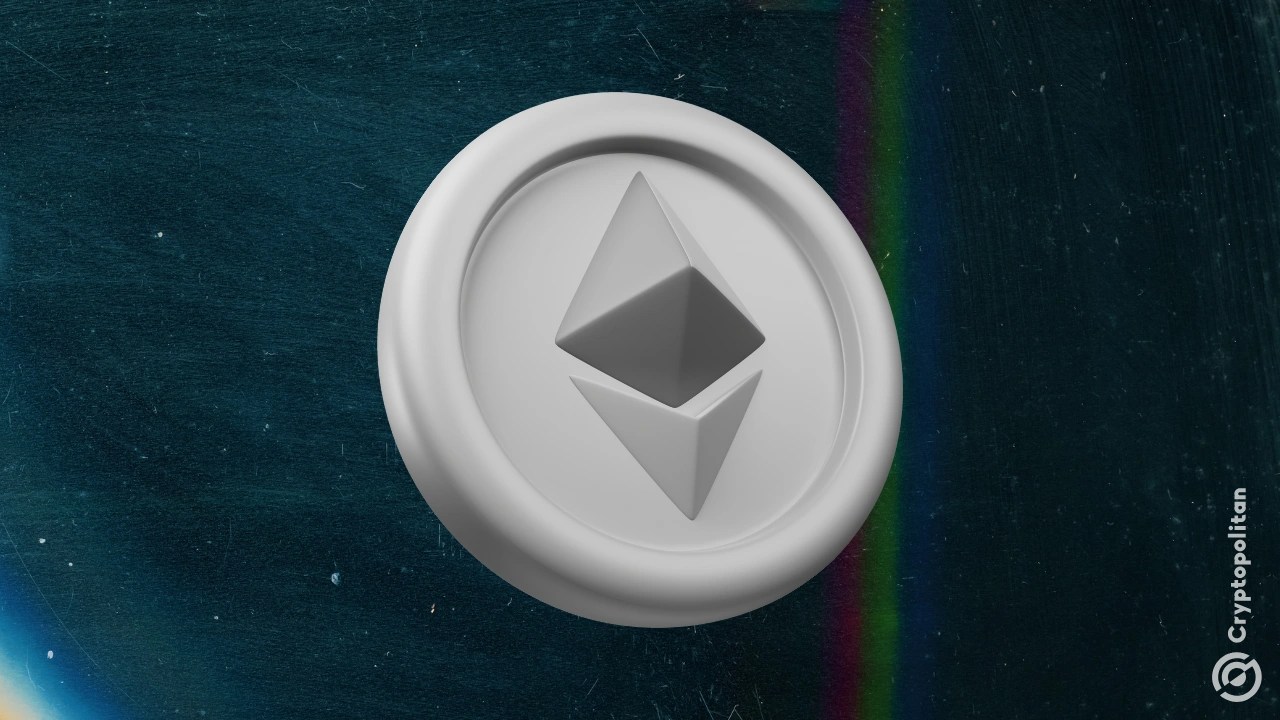Stripe CEO: Stablecoin issuers and banks must offer competitive interest rates
PANews reported on October 5th that Stripe co-founder Patrick Collison tweeted that the stablecoin market structure is evolving, and issuers will be forced to offer competitive interest rates to customers. Collison pointed out that the average interest rate on US savings deposits is only 0.4% (FDIC data), and approximately $4 trillion in deposits remain at 0%. In Europe, non-corporate deposit rates are only 0.25%, and corporate deposits are only 0.51%. This situation will change: depositors will (and should) receive a return on capital closer to market levels. "Following the GENIUS Act, some lobbying groups are currently pushing for further restrictions on any form of incentives associated with stablecoin deposits. The business imperative here is clear—low-interest deposits are good—but in my view, such a disrespectful approach to consumers is a failure."
You May Also Like

XRP News: Massive Whale Sell-Off Puts Token Under Pressure

Ethereum plans the Fusaka update for December 3
